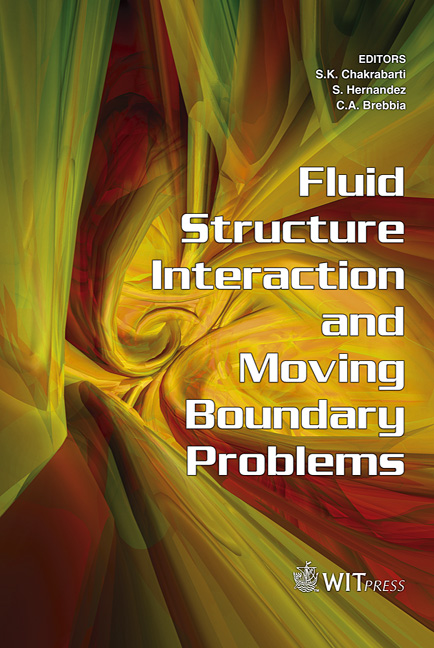Numerical Study Of The Residual Stress Field During Arc Welding With A Trailing Heat Sink
Price
Free (open access)
Transaction
Volume
84
Pages
10
Published
2005
Size
408 kb
Paper DOI
10.2495/FSI050651
Copyright
WIT Press
Author(s)
F. A. Soul & Z. Yanhua
Abstract
The arc welding process is widely used in areas such as the aerospace industry, shipyards and others. The stress and distortion induced by the arc process is high compared with other fusion welding processes such as LBW or EBW. This paper presents the numerically predicted results of a study aimed at establishing the temperature distribution, distortion and the residual stress field developed during the conventional welding process and after enhancement with a trailing heat sink. A numerical analysis of the thermo-mechanical process using FEM by means of ANSYS code was carried out. The analysis results obtained showed that this technique strongly improves the welding process by means of minimizing the residual stress and distortion especially when small thicknesses were applied. It was found that the distance between the welding arc and the cooling one is an important factor for improving results. Keywords: arc welding, temperature field, residual stress, distortion. 1 Introduction The highly localized transient heat and strongly non-linear temperature fields in both heating and cooling processes cause non-uniform thermal expansion and contraction, and thus result in plastic deformation in the weld and surrounding areas. As a result, residual stress, strain and distortion are permanently produced in the welded structures. High tensile residual stresses are known to promote fracture and fatigue. Longitudinal tensile residual stresses may induce undesired distortion such as cambering (Fig. 1). There is no way to control these phenomena during the welding process only by applying some technique. Through the last decades mechanical tensioning
Keywords
arc welding, temperature field, residual stress, distortion.





